Do african women like to travel to get water everyday
A Women’s Crisis
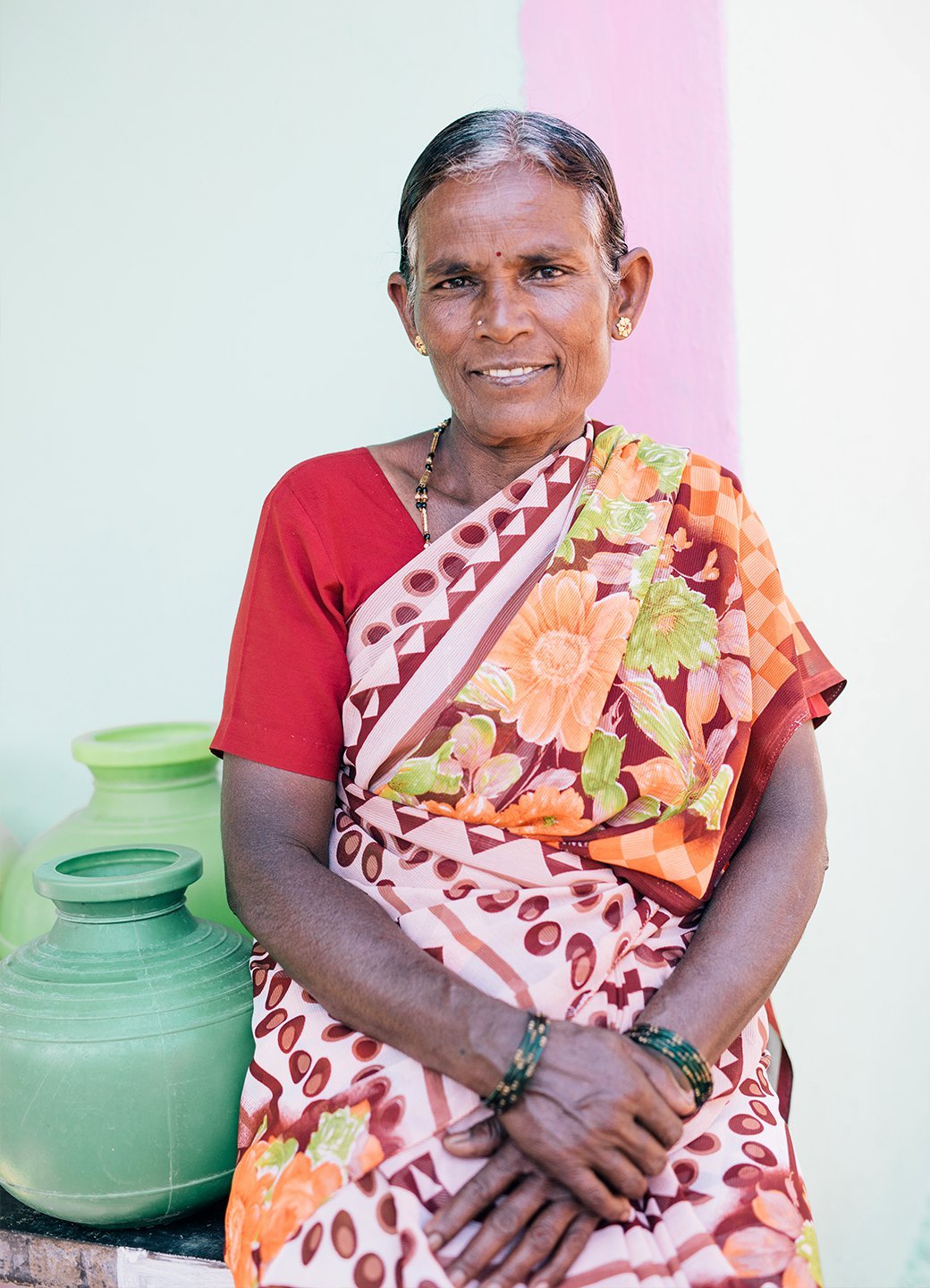
For women, the water crisis is personal. They are responsible for finding a resource their families need to survive – for drinking, cooking, sanitation and hygiene. They may stand in line and wait for water, they may walk long distances to collect water, or they may pay exorbitant amounts of money to secure water. In their efforts to get water for their families, they often face an impossible choice – certain death without water or possible death due to illness from dirty water.
Today, women around the world will spend a collective 200 million hours collecting water. In addition to time spent collecting water, millions may also spend significant amounts of time finding a place to go. This makes up an additional 266 million hours of time each day lost because they have no toilet at home.
Time, health, and safety
Water collection and finding a safe place to go are major activities of the day for millions of women. They are left with little to no time for work, school or to care for family. Without water or toilets at home, women cannot live up to their full potential.
Access to safe water is critical to the health of women and their babies during pregnancy and after. Walking to collect water and carrying heavy vessels of water can be dangerous for a pregnant woman. Further, the consumption of unsafe water can be harmful to the health of both mom and her baby. From maintaining a healthy pregnancy to nourishing a newborn child, women need safe water at home.
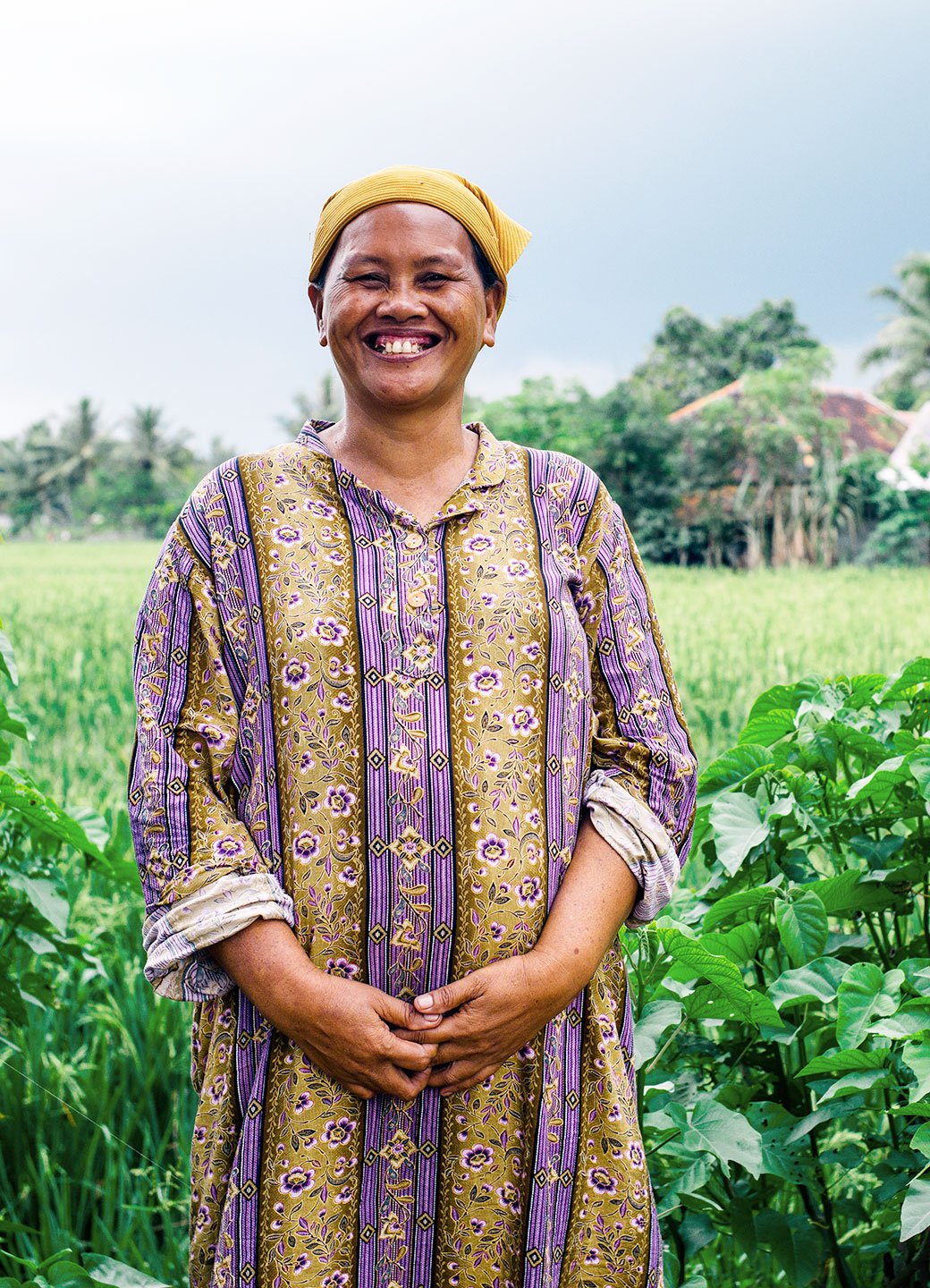
Empower a woman with water and she can change her world
When women are empowered with safe water and toilets at home they are empowered to change their world. No longer burdened by the water crisis, they can care for their families. They can start small businesses, adding to their household income. They have the time and water to garden and cook food for their families. And, they no longer face unsafe situations when defecating in the open or walking to distant sources for water.
Access to safe water at home gives women hope, health and opportunity.
Meet Grace
Access to safe water at home empowered Grace with the health and strength she needed to carry her baby to term in Ethiopia.
Meet Manjula
For women like Manjula, few things are more valuable than time.
Meet Sabina
Sabina is a farmer and a single mom living in a rural village in Kenya.
Rehana’s story
Rehana used to walk long distances to collect water for her family.
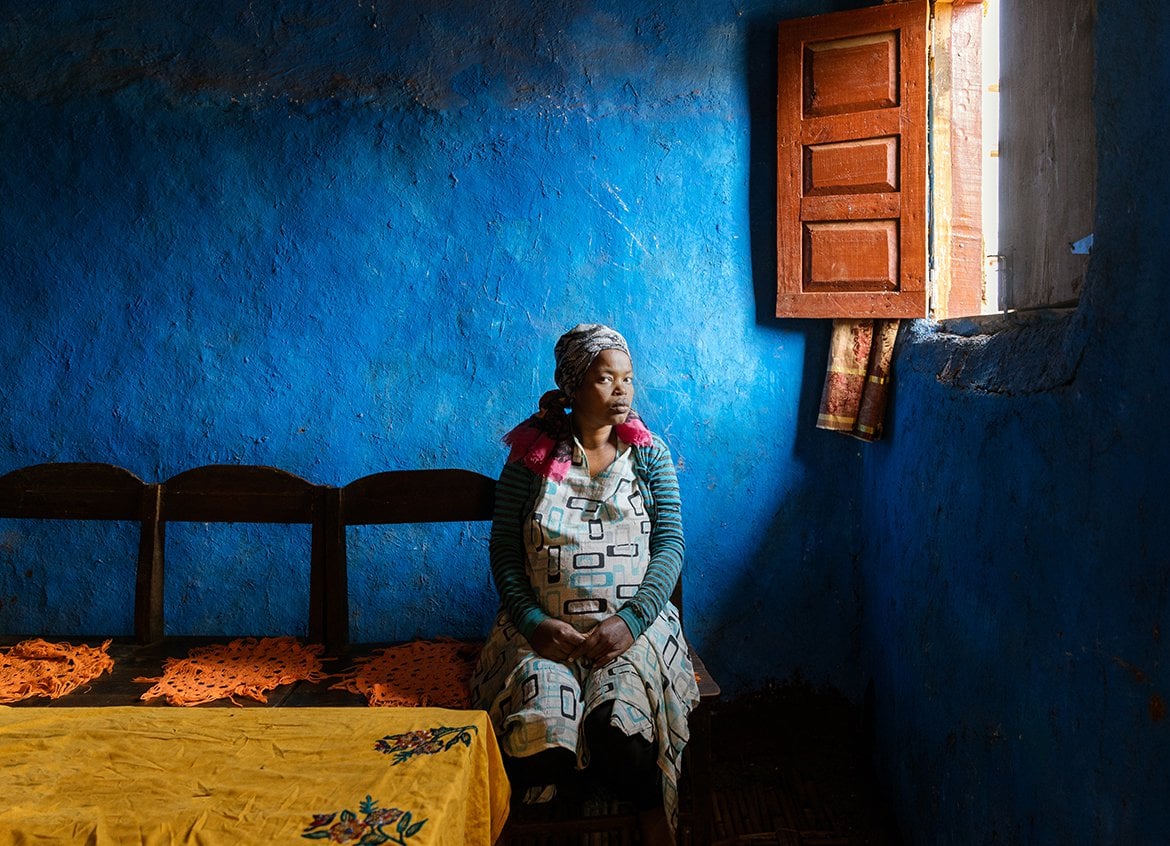
For women, the water crisis is personal
They are responsible for finding a resource their families need to survive. These women are inspiring. Their strength transforms communities. Their efforts allow their children to stay in school, to learn and to dream. At Water.org, we are bringing women together, helping them get access to safe water.
Join us and empower more women to help their families and communities, because they are not trying to change the world, but they will.
Women still carry most of the world’s water
Bethany Caruso receives funding from the National Institutes of Health.
Partners
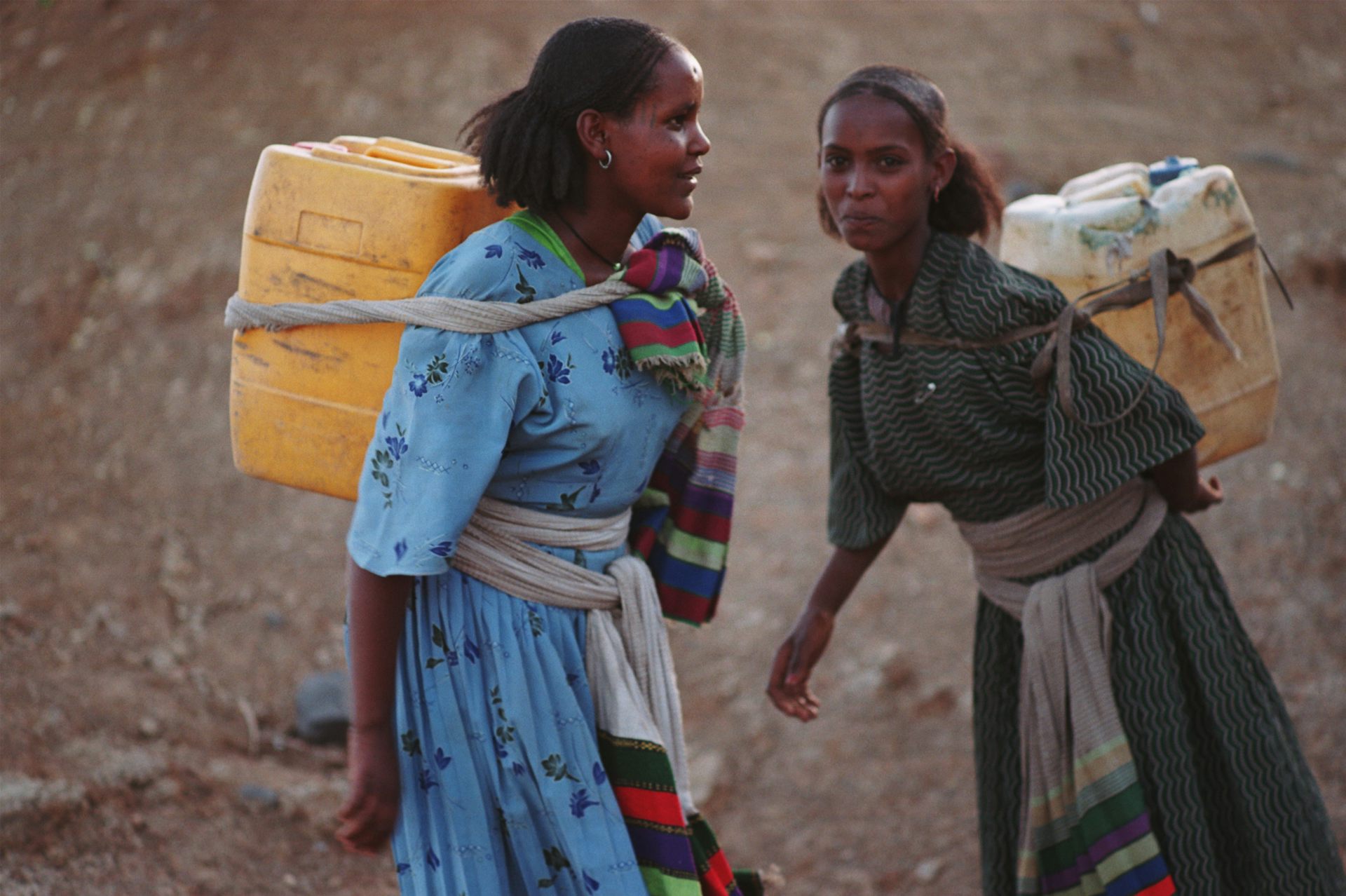
Imagine going through your day without access to clean, safe water in your home for drinking, cooking, washing or bathing whenever you need it. According to a new report from UNICEF and the World Health Organization, 2.1 billion people around the world face that challenge every day. And the task of providing water for households falls disproportionately to women and girls, especially in rural areas.
Water, a human right, is critical for human survival and development. A sufficient supply of biologically and chemically safe water is necessary for drinking and personal hygiene to prevent diarrheal diseases, trachoma, intestinal worm infections, stunted growth among children and numerous other deleterious outcomes from chemical contaminants like arsenic and lead.
I have carried out research in India, Bolivia and Kenya on the water and sanitation challenges that women and girls confront and how these experiences influence their lives. In my field work I have seen adolescent girls, pregnant women and mothers with small children carrying water. Through interviews, I have learned of the hardships they face when carrying out this obligatory task.
An insufficient supply of safe and accessible water poses extra risks and challenges for women and girls. Without recognizing the uneven burden of water work that women bear, well-intentioned programs to bring water to places in need will continue to fail to meet their goals.
Lost hours
Collecting water takes time. Simply to get water for drinking, bathing, cooking and other household needs, millions of women and girls spend hours every day traveling to water sources, waiting in line and carrying heavy loads – often several times a day.
The new UNICEF/WHO report states that 263 million people worldwide have access to water sources that are considered safe, but need to spend at least 30 minutes walking or queuing to collect their water. Another 159 million get their water from surface sources that are considered to be the most unsafe, such as rivers, streams and ponds. Water from these sources is even more likely to require over 30 minutes to collect.
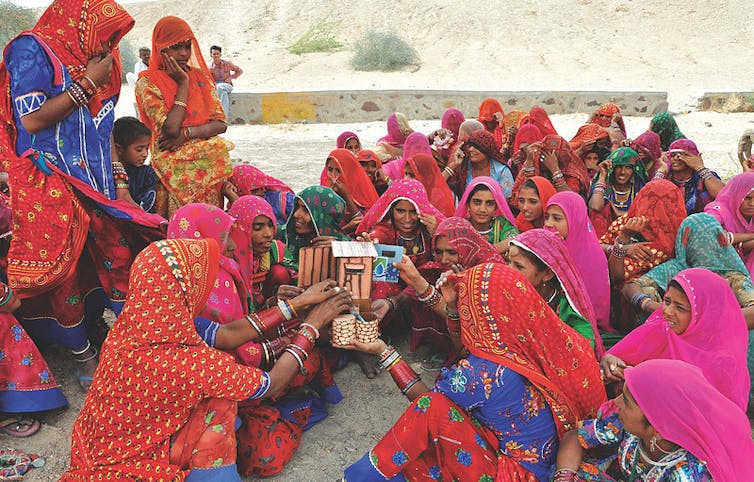
Training exercise for women on water and sanitation in Rajasthan, India, designed to help reduce poverty in desert communities. UN WOMEN, CC BY-NC-ND
In a study of 25 countries in sub-Saharan Africa, UNICEF estimated that women there spent 16 million hours collecting water each day. Women in a recent study in Kenya reported spending an average of 4.5 hours fetching water per week, causing 77 percent to worry about their safety while fetching and preventing 24 percent from caring for their children.
When children or other family members get sick from consuming poor-quality water, which can happen even if the water is initially clean when collected, women spend their time providing care. These responsibilities represent lost opportunities for women’s employment, education, leisure or sleep.
Heavy loads
Water is heavy. The World Health Organization recommends 20-50 liters of water per person per day for drinking, cooking and washing. That amounts to hauling between 44 and 110 pounds of water daily for use by each household member.
And in many places, water sources are far from homes. In Asia and Africa, women walk an average of 6 kilometers (3.7 miles) per day collecting water. Carrying such loads over long distances can result in strained backs, shoulders and necks, and other injuries if women have to walk over uneven and steep terrain or on busy roads.
The burden is even heavier for women who are pregnant or are also carrying small children. Moreover, pregnant women worry that transporting these heavy loads will lead to early labor or even miscarriage.
Even when a household or village has access to a safe water source close to home, residents may not use it if they believe the water is inferior in some way. As one woman told my research team in India:
Tube well water quality is not good… water is saline. Cooking is not good due to this water. Not good for drinking either. People are getting water from that neighbouring village…. for cooking we get water from the river.
In this community, the neighboring village was at least a kilometer away.
Fetching water can also be very dangerous for women and girls. They can face conflict at water points and the risk of physical or sexual assault. Many of these dangers also arise when women do not have access to safe, clean and private toilets or latrines for urinating, defecating and managing menstruation.
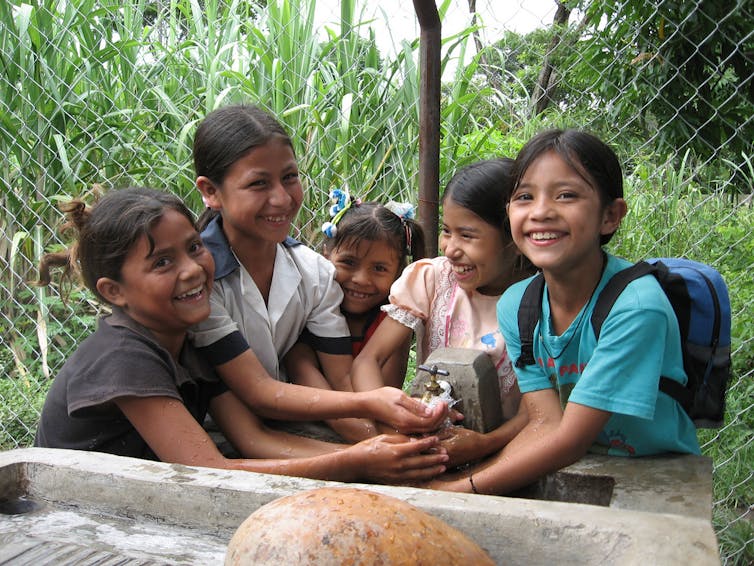
Global demand for water is increasing. The United Nations forecasts that if current water use patterns do not change, world demand will exceed supply by 40 percent by 2030. In such a scenario, it is hard to imagine that women’s and girls’ experiences will improve without intentional efforts.
A focus on women’s needs
When communities initiate programs to improve access to water, it is critical to ask women about their needs and experiences. Although women and girls play key roles in obtaining and managing water globally, they are rarely offered roles in water improvement programs or on local water committees. They need to be included as a right and as a practical matter. Numerous water projects in developing countries have failed because they did not include women.
And women should play meaningful roles. A study in northern Kenya found that although women served on local water management committees, conflict with men at water points persisted because the women often were not invited to meetings or were not allowed to speak.
Women who raise their voices about water concerns need to be heard. In Flint, Michigan, women were critical to revealing the city’s water crisis and continue to push for changes.
Flint, Michigan resident LeeAnne Walters testifies to Congress about seeking information on her home’s lead-contaminated water.
We also need broader strategies to reduce gender disparities in water access. First we need to collect more data on women’s water burden and how it affects their their health, well-being and personal development. Second, women must be involved in creating and managing targeted programs to mitigate these risks. Third, these programs should be evaluated to determine whether they are truly improving women’s lives. And finally, social messaging affirming the idea that water work belongs only to women must be abandoned.
Former UN Secretary-General Ban Ki-moon has called empowerment of the world’s women “a global imperative.” To attain that goal, we must reduce the weight of water on women’s shoulders.
Editor’s note: This is an updated version of an article originally published on March 22, 2016.
Women still carry most of the world’s water
Bethany Caruso receives funding from the National Institutes of Health.
Partners

Imagine going through your day without access to clean, safe water in your home for drinking, cooking, washing or bathing whenever you need it. According to a new report from UNICEF and the World Health Organization, 2.1 billion people around the world face that challenge every day. And the task of providing water for households falls disproportionately to women and girls, especially in rural areas.
Water, a human right, is critical for human survival and development. A sufficient supply of biologically and chemically safe water is necessary for drinking and personal hygiene to prevent diarrheal diseases, trachoma, intestinal worm infections, stunted growth among children and numerous other deleterious outcomes from chemical contaminants like arsenic and lead.
I have carried out research in India, Bolivia and Kenya on the water and sanitation challenges that women and girls confront and how these experiences influence their lives. In my field work I have seen adolescent girls, pregnant women and mothers with small children carrying water. Through interviews, I have learned of the hardships they face when carrying out this obligatory task.
An insufficient supply of safe and accessible water poses extra risks and challenges for women and girls. Without recognizing the uneven burden of water work that women bear, well-intentioned programs to bring water to places in need will continue to fail to meet their goals.
Lost hours
Collecting water takes time. Simply to get water for drinking, bathing, cooking and other household needs, millions of women and girls spend hours every day traveling to water sources, waiting in line and carrying heavy loads – often several times a day.
The new UNICEF/WHO report states that 263 million people worldwide have access to water sources that are considered safe, but need to spend at least 30 minutes walking or queuing to collect their water. Another 159 million get their water from surface sources that are considered to be the most unsafe, such as rivers, streams and ponds. Water from these sources is even more likely to require over 30 minutes to collect.

Training exercise for women on water and sanitation in Rajasthan, India, designed to help reduce poverty in desert communities. UN WOMEN, CC BY-NC-ND
In a study of 25 countries in sub-Saharan Africa, UNICEF estimated that women there spent 16 million hours collecting water each day. Women in a recent study in Kenya reported spending an average of 4.5 hours fetching water per week, causing 77 percent to worry about their safety while fetching and preventing 24 percent from caring for their children.
When children or other family members get sick from consuming poor-quality water, which can happen even if the water is initially clean when collected, women spend their time providing care. These responsibilities represent lost opportunities for women’s employment, education, leisure or sleep.
Heavy loads
Water is heavy. The World Health Organization recommends 20-50 liters of water per person per day for drinking, cooking and washing. That amounts to hauling between 44 and 110 pounds of water daily for use by each household member.
And in many places, water sources are far from homes. In Asia and Africa, women walk an average of 6 kilometers (3.7 miles) per day collecting water. Carrying such loads over long distances can result in strained backs, shoulders and necks, and other injuries if women have to walk over uneven and steep terrain or on busy roads.
The burden is even heavier for women who are pregnant or are also carrying small children. Moreover, pregnant women worry that transporting these heavy loads will lead to early labor or even miscarriage.
Even when a household or village has access to a safe water source close to home, residents may not use it if they believe the water is inferior in some way. As one woman told my research team in India:
Tube well water quality is not good… water is saline. Cooking is not good due to this water. Not good for drinking either. People are getting water from that neighbouring village…. for cooking we get water from the river.
In this community, the neighboring village was at least a kilometer away.
Fetching water can also be very dangerous for women and girls. They can face conflict at water points and the risk of physical or sexual assault. Many of these dangers also arise when women do not have access to safe, clean and private toilets or latrines for urinating, defecating and managing menstruation.

Global demand for water is increasing. The United Nations forecasts that if current water use patterns do not change, world demand will exceed supply by 40 percent by 2030. In such a scenario, it is hard to imagine that women’s and girls’ experiences will improve without intentional efforts.
A focus on women’s needs
When communities initiate programs to improve access to water, it is critical to ask women about their needs and experiences. Although women and girls play key roles in obtaining and managing water globally, they are rarely offered roles in water improvement programs or on local water committees. They need to be included as a right and as a practical matter. Numerous water projects in developing countries have failed because they did not include women.
And women should play meaningful roles. A study in northern Kenya found that although women served on local water management committees, conflict with men at water points persisted because the women often were not invited to meetings or were not allowed to speak.
Women who raise their voices about water concerns need to be heard. In Flint, Michigan, women were critical to revealing the city’s water crisis and continue to push for changes.
Flint, Michigan resident LeeAnne Walters testifies to Congress about seeking information on her home’s lead-contaminated water.
We also need broader strategies to reduce gender disparities in water access. First we need to collect more data on women’s water burden and how it affects their their health, well-being and personal development. Second, women must be involved in creating and managing targeted programs to mitigate these risks. Third, these programs should be evaluated to determine whether they are truly improving women’s lives. And finally, social messaging affirming the idea that water work belongs only to women must be abandoned.
Former UN Secretary-General Ban Ki-moon has called empowerment of the world’s women “a global imperative.” To attain that goal, we must reduce the weight of water on women’s shoulders.
Editor’s note: This is an updated version of an article originally published on March 22, 2016.
Source https://water.org/our-impact/water-crisis/womens-crisis/
Source https://theconversation.com/women-still-carry-most-of-the-worlds-water-81054
Source https://theconversation.com/women-still-carry-most-of-the-worlds-water-81054